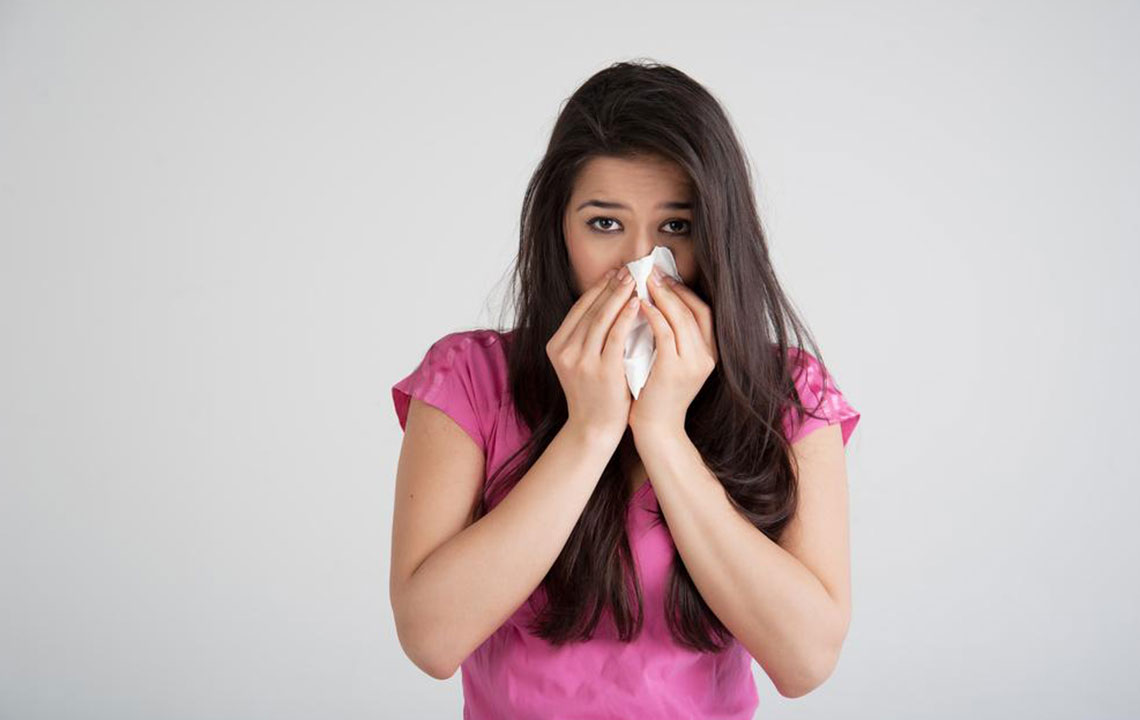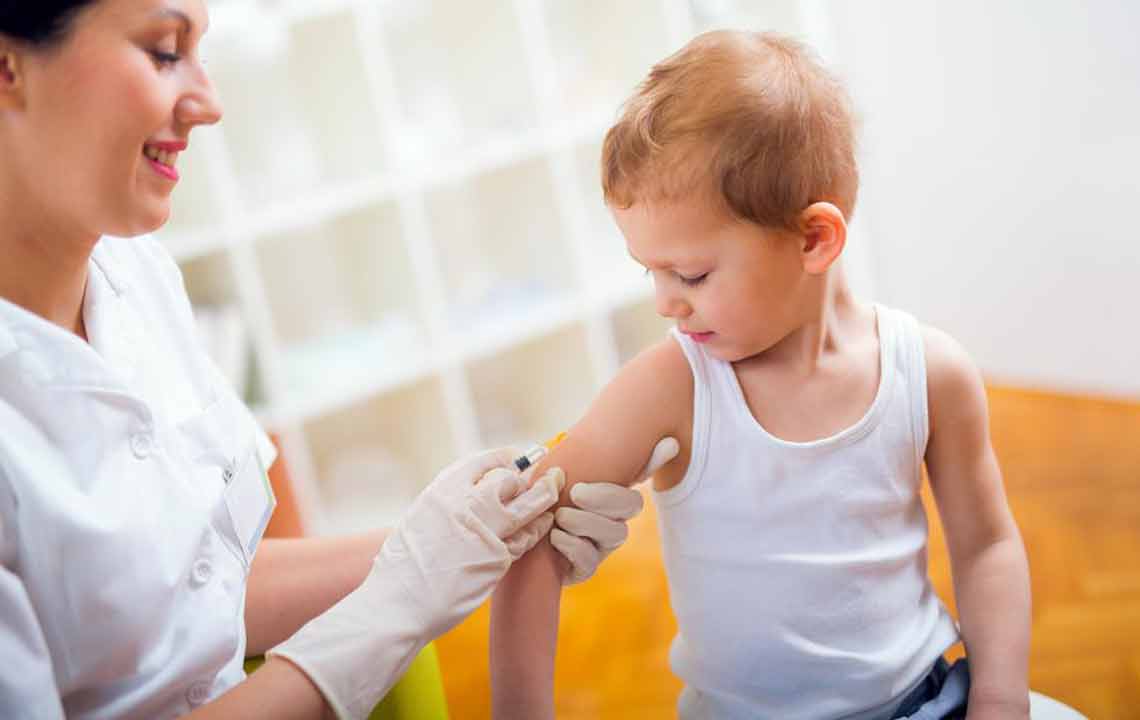Understanding Meningitis: Types, Contagion, and Prevention Strategies
Learn about the various types of meningitis, how they spread, and effective prevention measures. Understand which forms are contagious, how to reduce risks, and when to seek medical help. This guide helps you stay informed and protected against meningitis, a serious health concern, especially for vulnerable groups.

Understanding Meningitis: Types, Contagion, and Prevention Strategies
Meningitis involves inflammation of the protective membranes surrounding the brain and spinal cord. Common causes include bacteria, viruses, fungi, or physical injury. Young children are more susceptible, and symptoms can develop weeks after exposure. While treatable, meningitis can sometimes be deadly. Its contagiousness varies based on the type and individual factors. Knowing the different forms of meningitis and how it spreads helps in effective prevention and timely treatment.
Types include:
Fungal meningitis
Caused by fungi like Cryptococcus, primarily affecting immunocompromised individuals. It is not easily transmissible without direct contact with infected material.
Parasitic meningitis
Caused by organisms like Naegleria fowler, often contracted through contaminated water into the nose. It is a waterborne infection and not contagious through casual contact.
Other forms encompass:
Non-infectious meningitis
Can result from injuries, surgeries, or underlying conditions like cancer or autoimmune diseases. It is not contagious.
Viral meningitis
The most common type, caused by enteroviruses, spreading via saliva, feces, or nasal secretions. Contagion depends on contact.
Arbovirus meningitis
Transmitted by mosquitoes and ticks, mainly during summer and fall, this type is contagious only through mosquito bites.
Bacterial meningitis
A serious and contagious disease caused by bacteria such as Neisseria or Streptococcus. Close contact increases risk, especially in communal settings.
Transmission of meningitis involves exposure to mucus, saliva, sharing utensils, or close contact like coughing, sneezing, or kissing. Some carriers harbor bacteria without symptoms, facilitating unintentional spread. Prevention includes regular handwashing, covering sneezes, staying updated on vaccinations, and consulting healthcare providers before international travel. The contagious period lasts as long as bacteria or viruses are shed, usually up to two weeks. Diagnostic tests, including blood tests and spinal taps, help identify the causative agents for appropriate treatment. Proper medical care reduces the risk and helps contain the spread of infection.
Note:
Our blog provides comprehensive insights into health topics, but articles should not replace professional medical advice. Always consult healthcare professionals for diagnosis and treatment. The site may not include all available remedies or updates, so verify information with trusted medical sources.










